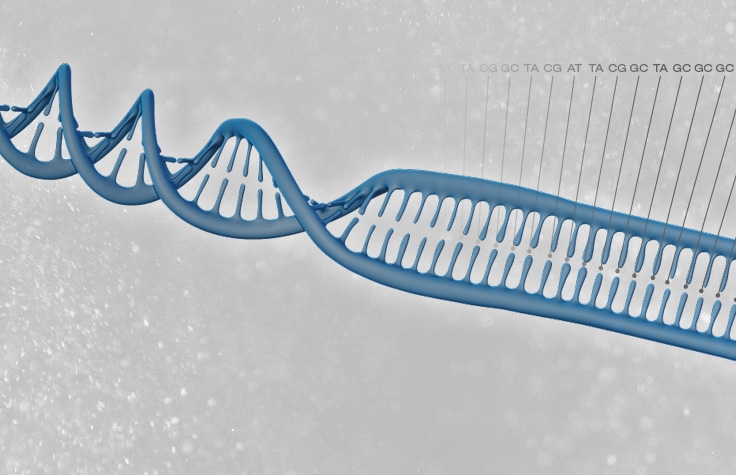Identifying the identity of the fallen soldier is driving a breakthrough in next-generation DNA sequencing technology

After the Vietnam War, the governments of the United States and Vietnam have been searching for missing and dead soldiers. In 1998, U.S. experts conducted a DNA test to identify and identify the last missing American soldier. However, for the Vietnamese side, the number of soldiers waiting to be identified was still 300,000, and there are still countless civilian corpses. Department.
"The war has been going on for decades, and the relatives of many of the war-wrought soldiers are getting old," said the head of the Vietnam Institute of Science and Technology. "Therefore, we need to speed up the work of recognizing the remains and allowing the souls to rest."
In order to accomplish this task, the Vietnamese government has also specially formulated the Project 150 plan to invest 500 billion VND (about US$25 million) to upgrade the facilities of the local DNA testing laboratory and prepare to identify at least 70,000 Vietnamese troops by 2020. The remains of soldiers. It is reported that these upgraded facilities will be put into use by the end of this year.
Next Generation DNA Sequencing Technology (NGS)If the plan goes forward smoothly, it will be able to show the world the advanced role of sequencing technology in the forensic field. It is reported that next-generation sequencing technology will replace the "Sang Sequencing (NGS)" that has been used for more than 30 years in the future. With this technology, Vietnamese scientists can obtain necessary information from those have been destroyed.
In recent years, the NGS technology has undergone earth-shaking changes. While the sequencing throughput has advanced by leaps and bounds, the cost of sequencing has plummeted. In 2014, the new sequencing system released by Illumina Corporation has been able to sequence the entire human genome at a cost of thousands of dollars and can sequence up to 600 billion base pairs per day.
To complete this project, scientists must first establish a database, which will store more than 1 million Vietnamese biological samples, including saliva, hair and blood. In the future, these samples will become "reference databases," and scientists can use the DNA alignment algorithm to find links between the deceased and samples in the database in order to confirm their families. However, this process is not simple. It is usually necessary to identify the identity of a fallen soldier and compare 3-6 similar reference samples.
In addition to DNA identification, sometimes the Vietnamese government will allow families to participate in on-site identification. After all, some evidence of accessories, signs, and historical traces are also very important.
However, there are many factors that affect the retention of DNA, including temperature and time. Cavemen's bones can be stored for tens of thousands of years in a constant temperature and humidity stable environment, but Vietnam's humid and hot climate can not provide this environment, the degradation of DNA in the debris is very fast. Therefore, it is not feasible to rely on tissue samples to identify the fallen soldiers. All, they need to cooperate with other technology companies, including the medical diagnostic database giant Bioglobe and the International Commission on Missing Persons (ICMP).
Bioglobe has teamed up with European sequencing company QIAGEN to help scientists deal with bones and teeth that have been contaminated by microorganisms in the soil (significantly reduced DNA retention). The ICMP is mainly responsible for the guidance of the excavation stage, so that Vietnamese scientists can avoid mixing different bones. In addition, ICMP is very handy in gender differentiation.
The wide application prospect of NGSAs the next-generation sequencing technology continues to advance, its applications are also becoming more widespread. According to experts in the field, the application of next-generation sequencing has rapidly increased in the clinical field. According to research data, the next-generation sequencing market will reach US$4.892 billion by 2020, with a compound annual growth rate of 20.7%.
In terms of application type, the NGS market can be divided into oncological research, genetic screening, infectious disease research, drug and biomarker discovery, molecular epidemiology, agriculture, and other applications.
It is reported that more and more researchers have chosen next-generation sequencing of multi-gene panels to study tumors or identify potential drug targets through exome sequencing. When diagnosing childhood genetic diseases, people gradually abandoned the traditional diagnostic methods and switched to using whole exome sequencing.
In addition, NGS testing has two major advantages. It can help people determine the treatment plan, and it can also assess the risk of the same disease for their children's future children. In fact, screening with a next-generation sequencing (pathogenic gene) carrier is the "killer" of NGS.